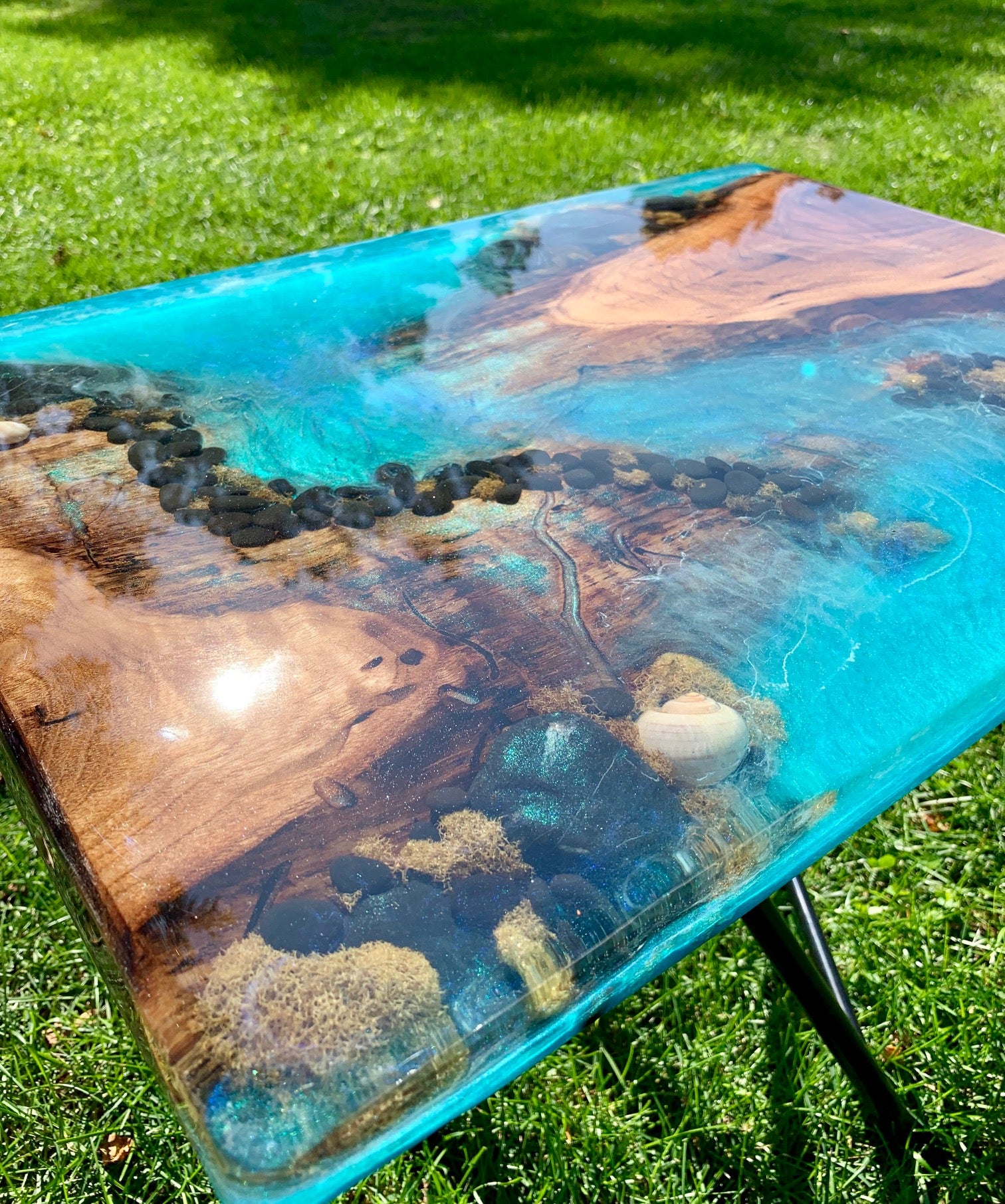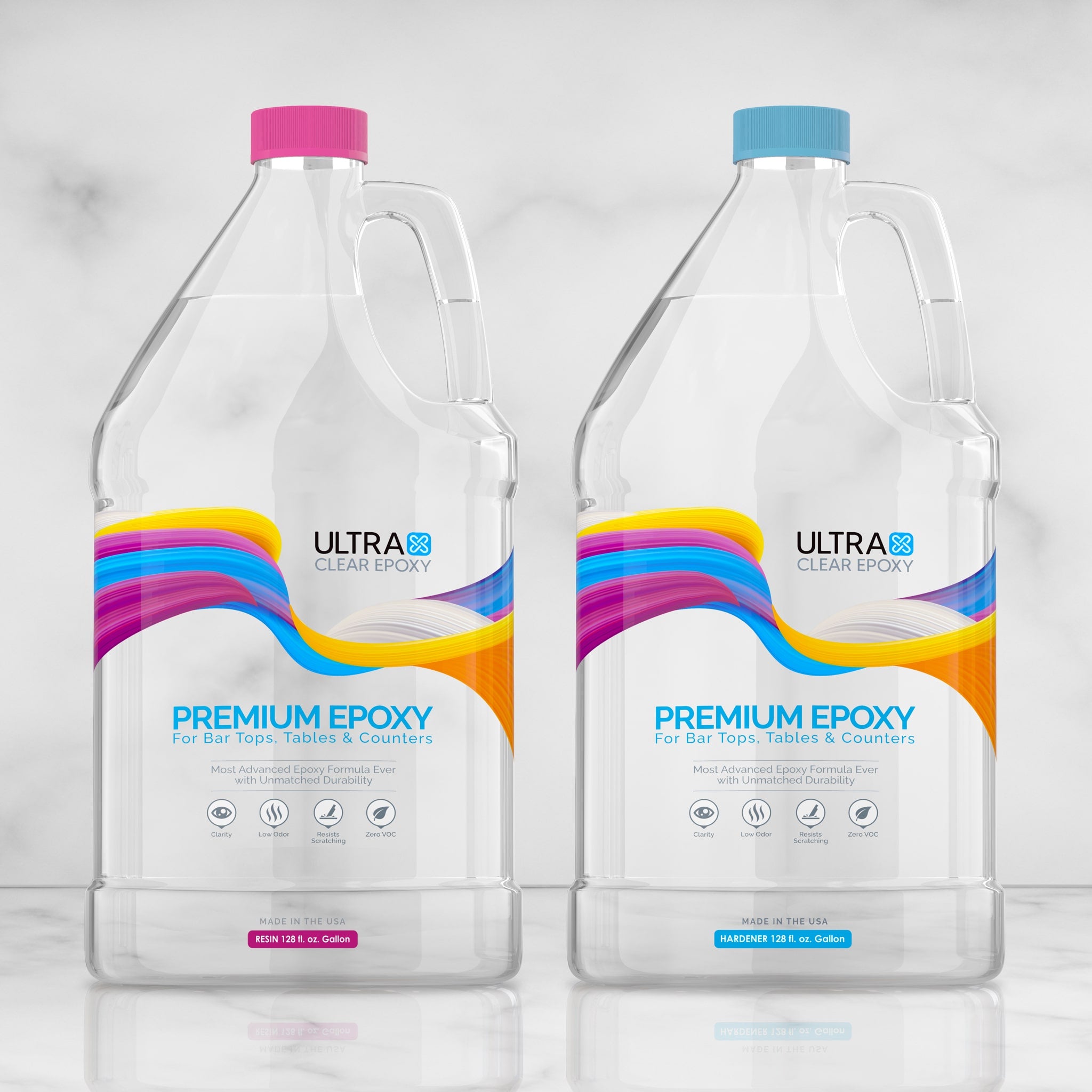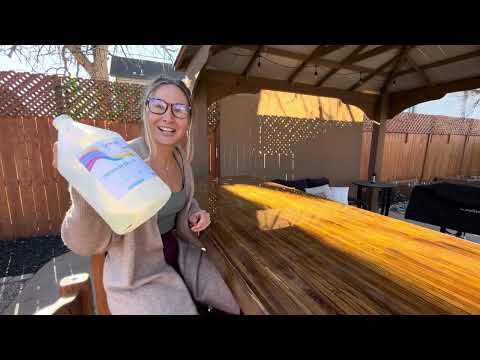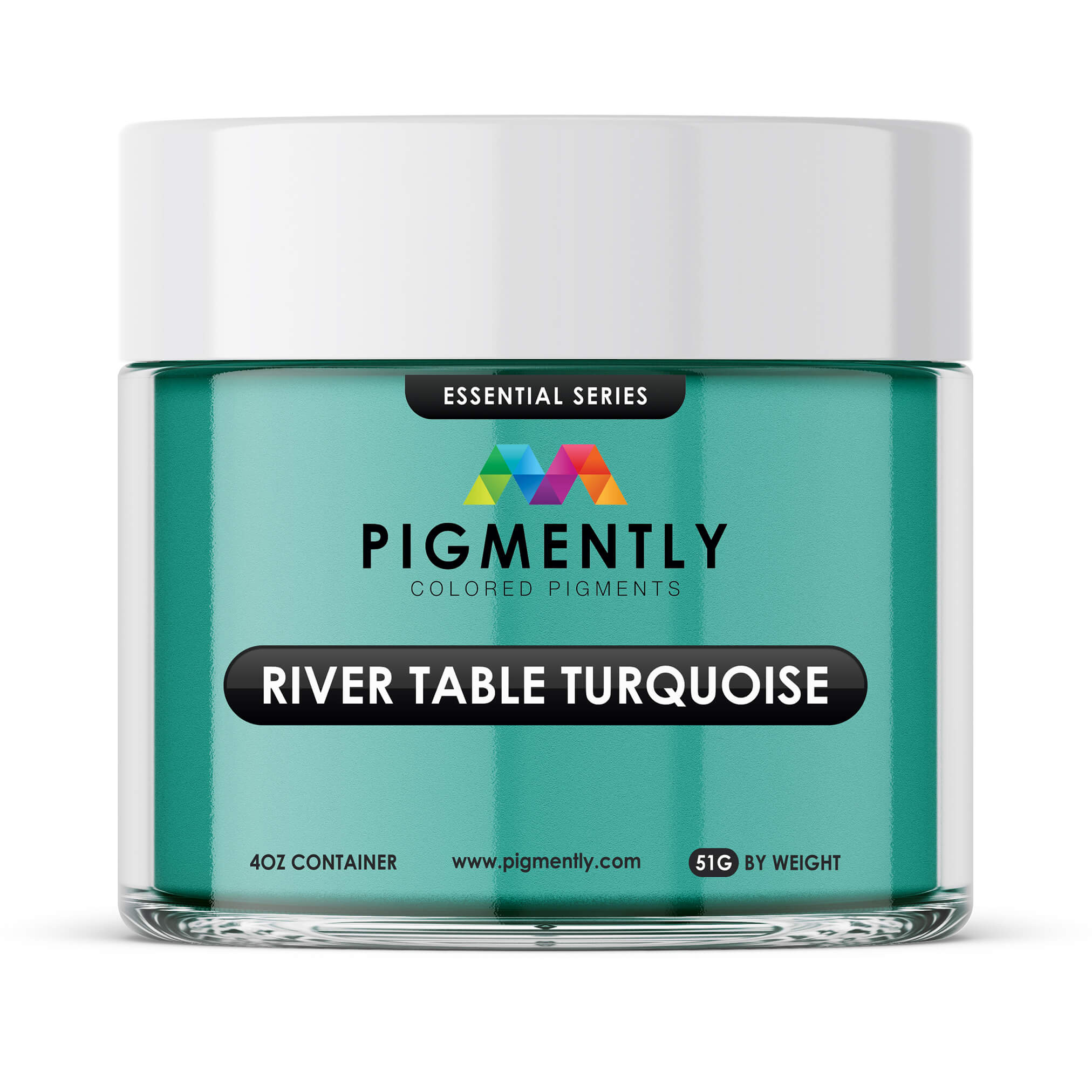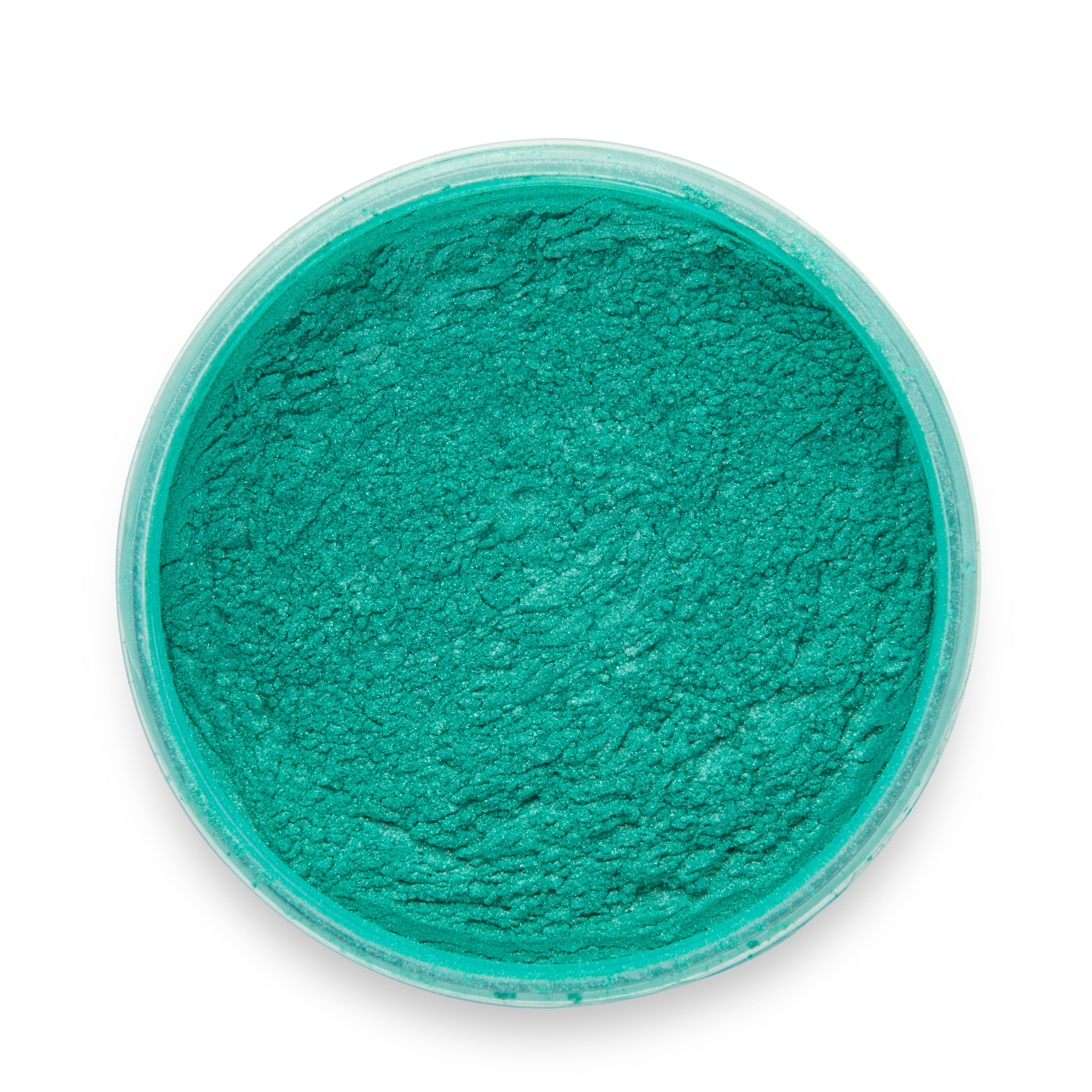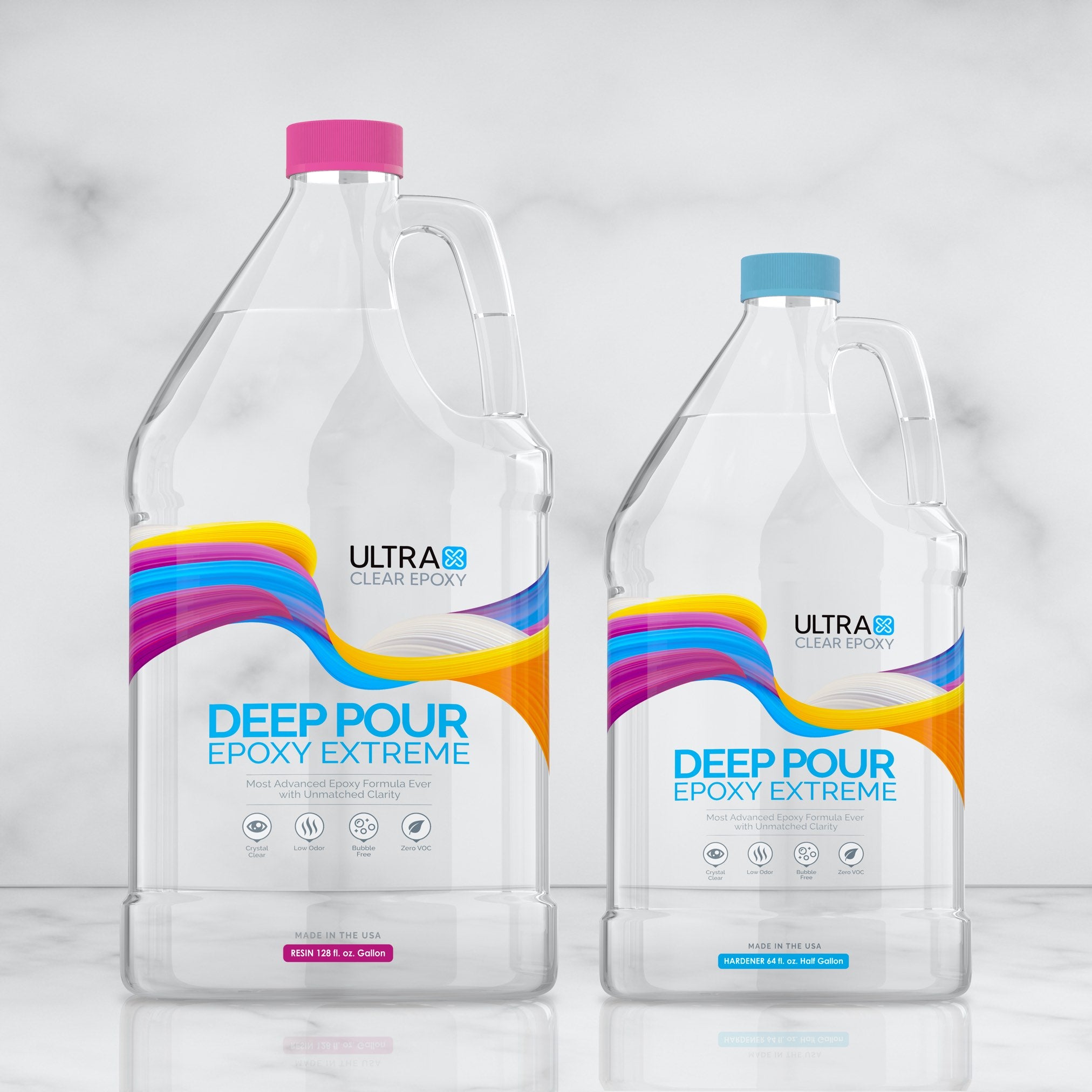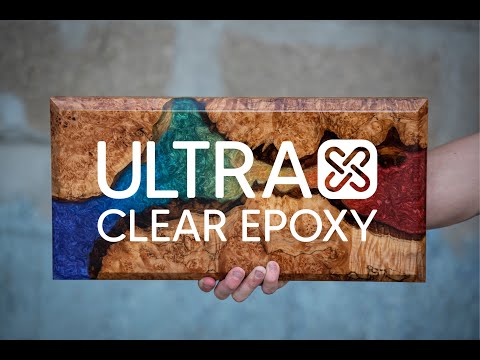Welcome to our guide to embedding objects within epoxy resin!
The ability to embed objects within an epoxy resin finish is one of epoxy's more stunning features.
Because epoxy is naturally transparent once cured, it's an attractive way to showcase fragile or oddly-shaped memorabilia, such as bottle caps, photographs, minerals, etc.
In fact, there are very few limitations to what's possible with this.
In this guide, we go over some basic guidelines object embedding along with some handy tips on how to place things in your epoxy.
While the information provided should work for any decent epoxy brand, if you're using something other than our UltraClear Epoxy resins, we recommend you check with the manufacturer to get confirmation.
You can find our UltraClear Epoxy resins in our store:
- UltraClear Table Top Epoxy - Our strongest resin finish. Excellent for most standard epoxy projects and for embedding small objects such as bottle caps, pennies, and photos.
- UltraClear Deep Pour Epoxy - Our deep pour casting resin. This is ideal for thick layers, larger embedments (e.g., shells, figurines, carvings, etc.), and river tables.
What shouldn't be embedded in epoxy?
Since the variety of items that can be embedded is so vast, let's talk about what things you shouldn't attempt to embed within your epoxy. Some of these are self-evident:
-
Food, plants, animals - Anything that will decay or rot over time is a bad option for embedding. Even when sealed within the epoxy, such natural processes can still take place. These items also tend to hold moisture, which disrupts the epoxy's ability to bond or cure properly.
Note: It's possible to use some plants. For instance, if handled properly, dried pressed flowers can be embedded without decay. However, this can be a tricky endeavor. -
Liquids - Because epoxy relies on dry materials for adhering, you should not attempt to preserve liquid within epoxy (e.g., water with food coloring).
If you want to color your resin, you can use epoxy pigments or resin dyes. For more information, see our guide to coloring resin. - Anything you might want back - Embedding is more-or-less an irreversible decision. It's nearly impossible to retrieve an embedded item without causing significant damage or destroying it entirely, so choose only items that you're willing to preserve this way permanently.

Which epoxy should be used for embedding?
For object embedding, we use two types of epoxy: our Table Top Epoxy and Deep Pour Epoxy.
For most objects, deep pour epoxy is usually the right choice. This is because deep pour epoxy's primary purpose is for pouring thick resin layers.
In fact, our own UltraClear Deep Pour Epoxy can be poured in layers up to two inches thick. This is much larger than our UltraClear Table Top Epoxy's 1/8 inch layers.
Table top epoxy can be used for embedding, but it's best to limit that to thin items like coins and photos.
Otherwise, to embed a larger object using table top epoxy, you'd need to pour a normal 1/8-inch layer, then wait for it to partially cure before applying the next layer, repeating these steps until all objects are fully encased within the epoxy.
Ultimately, it's impractical to use table top epoxy for large embedments. We always recommend using deep pour epoxy instead.
If your goal is to have the strongest possible finish, you can still use the deep pour resin for embedding. Once your project is nearly complete, simply add a topcoat of our UltraClear Table Top Epoxy to give it that final layer of hyper-durable protection.
A topcoat of table top epoxy is great for high-traffic projects that are likely to see a lot of use or be placed in a rougher environment, such as a commercial bar top or an outdoor epoxy table.
Preparing each object for embedding
Before you pour epoxy over the items you'll be embedding, you need to make sure they'll stay in their intended positions.
An easy way to do this is to use a simple glue like Elmer's to adhere them to your surface area.
Note: Don't use hot glue. It doesn't work well with epoxy.
You can also use epoxy itself by applying a slightly thicker than usual seal coat to your surface area, then pressing the items wherever you want them to be onto the seal coat.
For the seal coat method, allow the epoxy seal coat to cure for 24 hours. From there you can continue your project as usual with the pouring phase, adding one layer of epoxy at a time until you've covered everything sufficiently.
Be sure to read your chosen epoxy brand's instructions carefully to avoid missing any steps; they're essential for achieving the best finish.
If you're using UltraClear Epoxy, you can always find online versions of our instructions on our support site:
How to embed fragile items in epoxy
For objects that are flimsy or fragile, you'll want to first cover them with a water-based sealer like Mod Podge. This will enable the epoxy to properly bond with them. It will also provide protection during the curing phase.
Make sure you still glue them to your surface before pouring the epoxy, as mentioned in the previous section.
For careful placement and positioning of fine objects, you can use tweezers or something similar.
We offer Mod Podge in our store, and you can also find it and similar water-based sealers at most hobby and home improvement stores.

Be wary of substandard epoxy resin brands.
When applied properly, high-quality epoxy resins have a long lifespan with a clear, transparent appearance, making them perfect for object embedments.
Sadly, many epoxy dealers sell shoddy resin products, often marketed with impossible performance claims.
Our free ebook, The Ugly Truth About Epoxy Resin: What Companies Don't Want You to Know, discusses what to look for in an epoxy resin, while also providing useful tips for avoiding deceptive advertising when shopping for epoxy resin.
Additional Resources
Here are some additional resources you may find useful:
-
Our step-by-step guide to making a penny countertop, table top, or bar top
Learn how to make your own epoxy penny table top with this step-by-step guide. -
Our step-by-step guide to making resin jewelry
Discover the art of resin jewelry with this guide. -
Epoxy: Proper storage, shelf life, and preventing "yellowing"
Information on how to store opened and unopened epoxy resin, as well as preventing yellowing.
Have questions? Want advice? Contact us!
Here at UltraClear Epoxy, we pride ourselves on providing quality customer support and assistance.
If you have any questions about embedding that aren't addressed here, or if you'd like help with planning your epoxy project, please reach out to us. Our epoxy experts are ready to help!
You can contact us via phone or email here. During business hours, you can also text chat online with one of our resin specialists by clicking the Help button at the bottom right of your screen.

